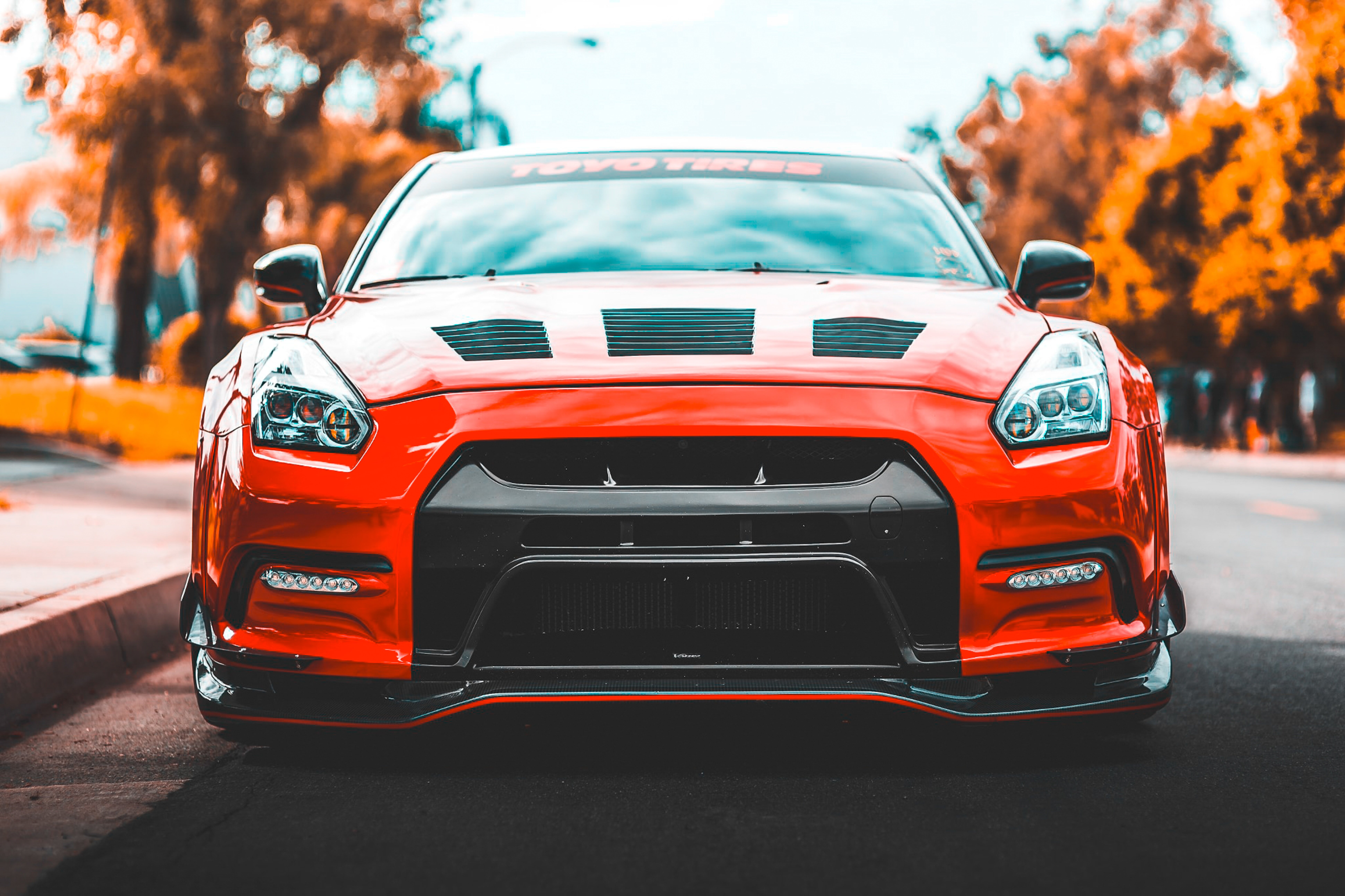Japan's Kei Trucks The Compact Revolution in Global Automotive Design

I’ve been spending a good deal of time recently looking at automotive niches that seem almost stubbornly resistant to global trends, and the Japanese Kei truck stands out as a fascinating case study. When you first encounter one—a tiny, boxy utility vehicle with an engine barely larger than a modern lawnmower’s—it seems like an oddity, perhaps a relic of post-war austerity. But then you start tracking their ubiquity across rural Japan, and the engineering rationale behind their existence becomes strikingly clear. It's not just about small size; it’s about navigating regulatory structures that dictate every dimension and engine capacity, forcing an extreme form of efficiency in packaging and power delivery.
What we are seeing here isn't merely a small truck; it's a highly optimized machine tailored precisely to a specific set of governmental constraints designed to manage road space and taxation. Think about the sheer density of Japanese cities and the narrowness of country lanes; a standard pickup truck often simply doesn't fit the functional requirements of many small businesses or farms. Let's pause and consider the dimensions: the strict limits on overall length, width, and engine displacement are the non-negotiable boundaries within which entire vehicle platforms must be conceived and executed. This forces designers to make hard choices about cabin space versus cargo volume, leading to designs that look almost cartoonish to an outsider accustomed to larger vehicles.
The engineering required to make these diminutive powerplants—typically capped at 660cc—deliver usable torque for hauling loads is where the real technical curiosity lies. They rely heavily on high-revving characteristics and often employ sophisticated induction systems, sometimes even turbocharging, just to keep pace with even modest demands on inclines or when fully loaded with produce or construction materials. I find myself wondering how many compromises were made in terms of durability versus weight savings when balancing the need for robust utility with the absolute necessity of staying under the weight threshold for certain tax brackets. Furthermore, the transmission choices, often featuring five-speed manuals or continuously variable transmissions, suggest a focus on keeping the tiny engine operating within its narrow band of optimal efficiency, rather than prioritizing quick acceleration. It’s a masterclass in making the most out of very little physical real estate and power on paper.
Now, let's pivot briefly to the regulatory environment that birthed this segment and continues to sustain it, a factor often overlooked when viewing these vehicles purely through a design lens. The Japanese government established the Kei car and truck class decades ago as a way to encourage smaller, more fuel-efficient personal and commercial transport, offering tangible tax breaks and sometimes easier parking permissions compared to larger vehicles. This legislative framework acts as a powerful, non-market force shaping automotive development in a way that simply doesn't exist in most other major automotive territories. If you look at the suspension geometry or the cab-over-engine layout, you see direct concessions made to maximizing the flat load floor within that prescribed footprint. It’s a fascinating example of how regulatory physics can dictate aesthetic and functional outcomes more powerfully than consumer demand alone might.
More Posts from tunedbyai.io:
- →2009 Saturn Sky Hydro Blue Edition Tuning and Design Analysis
- →Legal Rights and Red Flags A 7-Point Pre-Purchase Inspection Guide for Used Car Buyers in 2024
- →2025 BMW M850i xDrive A Detailed Look at the Luxury Grand Tourer's Performance and Features
- →2024 Ford F250 XL Balancing Power and Efficiency with the New 68L V8 Engine
- →Inside the V12 Beast Technical Deep-Dive into Mercedes-Maybach S680's Handcrafted 60L Twin-Turbo Engine
- →Analyzing the 2013 Hyundai Genesis 50 R-Spec's Sport-Tuned Suspension System A Decade Later Performance Review